Advertisement
AI tools have quickly become part of how people write, plan, and organize. And in most cases, users will end up picking between something like ChatGPT or Microsoft Copilot. While both are useful, the one you choose will depend on how and where you work. If you're someone who already spends a lot of time in Word, Excel, Teams, or Outlook, then Copilot starts to look more practical.
Below are four clear reasons why Microsoft Copilot might be the better fit for your needs.
When you're deep into writing a report, analyzing data, replying to emails, or switching tabs to ask ChatGPT, something feels like a break in rhythm. Copilot fixes that. It sits inside Microsoft 365 apps and acts like an assistant built into the room you're already in.
Let’s say you’re in Excel trying to make sense of quarterly data. Copilot doesn’t just explain what a formula does – it can write one for you based on what you’re trying to calculate. Or you might be in Outlook replying to emails that feel repetitive. Copilot helps you draft responses, summarize threads, and even set the tone based on the context.
You’re not opening a new window, pasting content into a chat box, and waiting for a reply. You’re just working, and it’s helping out quietly in the background. The tool feels more like a feature than a separate thing you have to manage.
One of the biggest strengths of Copilot is that it knows your stuff. It connects to your documents, spreadsheets, presentations, and emails. This is huge when you're dealing with project reports, timelines, or past decisions.
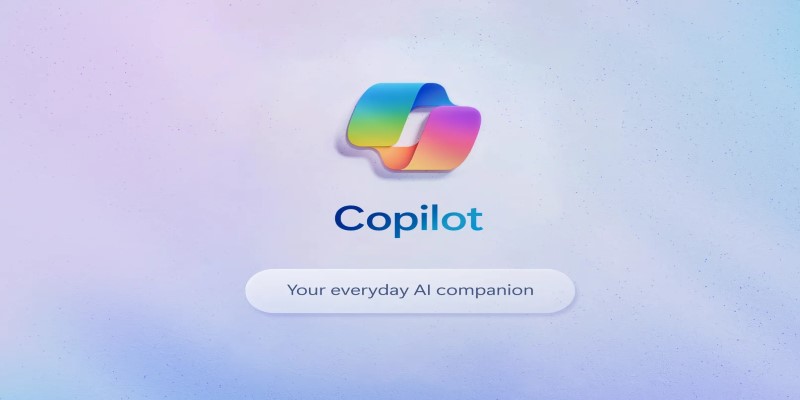
If you ask ChatGPT to summarize your company's Q1 performance, you'll need to first upload the data or copy-paste parts of it. Even then, it doesn't know the internal context. Copilot, on the other hand, can pull numbers from Excel and notes from Word and combine all of that to give you a summary in PowerPoint.
You don’t have to explain where the files are or what they mean. It’s already looking at the information you own. That means better accuracy, faster answers, and way less back-and-forth.
While ChatGPT is general-purpose, Copilot is designed with office work in mind. It’s not just about answering questions. It’s about helping you get work done without needing to think about prompts or formats.
You can ask Copilot to turn meeting notes into an action plan, draft a proposal based on a past document, or suggest edits based on company tone. It also understands access settings, meaning it won’t pull data from files you don’t have permission to see.
That matters a lot in team environments where privacy and access control aren’t just nice to have – they’re required. And since Copilot runs on Microsoft’s cloud systems, it fits well with most corporate IT setups.
There’s also less worry about data leaks or storage on unknown servers. Businesses want tools that fit into their policies, not ones that raise extra questions. Copilot keeps things within the boundaries that companies are already comfortable with.
If you've ever stared at a blank PowerPoint slide, wondering how to start, Copilot might save you time. It can draft slides based on written content, add talking points, and even suggest titles based on tone and intent.
The same goes for Word. Whether you're making a product overview, a business case, or a project timeline, Copilot gives you a solid first version based on other files or short prompts. It cuts down the time it takes to go from a rough idea to a finished piece.
Unlike ChatGPT, which might give you generic content unless you keep correcting it, Copilot starts from your real work. It reads your file, sees what’s already written, and makes suggestions based on that. You spend less time editing and more time moving forward.
Copilot doesn’t try to act like a one-size-fits-all chatbot. It’s not built to hold random chats or write poetry. It sticks to work. And that’s actually what makes it more useful. Instead of getting distracted with too many options, it focuses on getting your job done inside Microsoft 365. That kind of limitation is actually a strength when you’re trying to stay productive.
Plenty of people working inside Microsoft apps daily are starting to notice the shift. Tasks that used to take an hour—like organizing meeting notes or preparing quick slides—are now done in minutes. It’s not about flashy features; it's about real results from people who are actually using it. Most aren't tech experts either, which says a lot about how accessible it is.
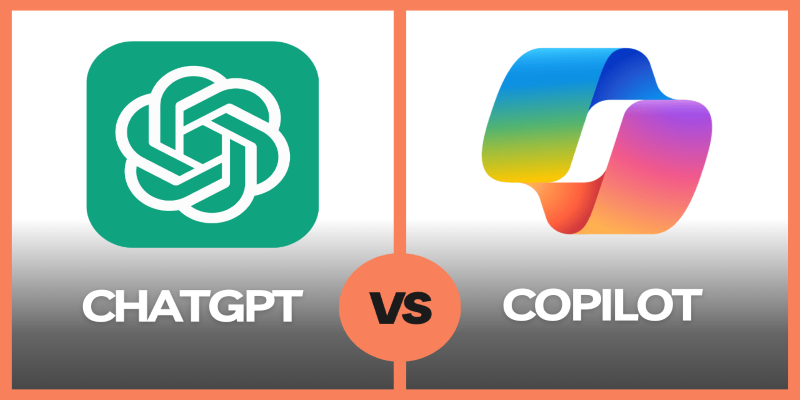
That’s a valid point, and in many situations, people do just that. They write in Word, then bounce over to ChatGPT for a quick rewrite or clarification. But that process can get clunky. You’re copying, pasting, switching tools, and hoping nothing gets lost in the shuffle.
With Copilot, the assistance is already part of the platform. It’s designed to work quietly without interrupting your flow. For people who don’t want to deal with yet another tool or account, this simplicity matters.
ChatGPT is great when you want wide-ranging answers, creative help, or assistance outside of office work. But when your day is packed with meetings, emails, spreadsheets, and reports, Copilot gives you that helping hand where it matters most.
It doesn’t ask you to change how you work. It just makes the way you already work faster and smoother. So, if your world is already built on Microsoft 365, then Copilot might just feel like the extra brain you didn’t know you needed.
Advertisement

Find out the most essential AI tools for students in 2025 that make writing, math, time management, and studying easier than ever. Boost your learning with smart apps

Explore how GANs are revolutionizing AI with synthetic data and transforming industries.
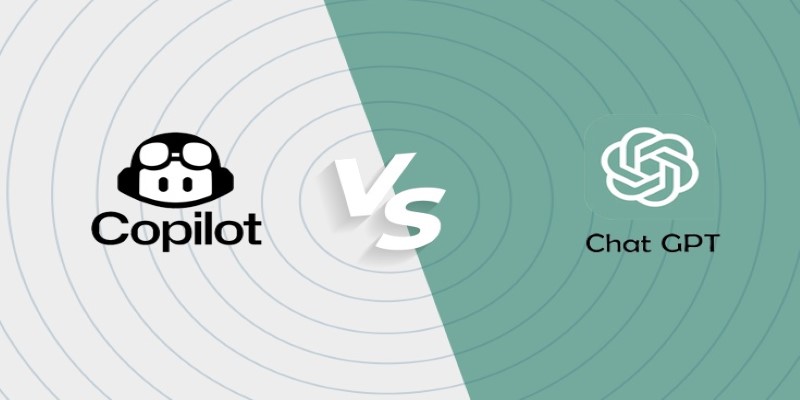
GitHub Copilot vs. ChatGPT — which one is better for programming tasks? Here's a simple breakdown of what each AI tool offers to coders, from beginners to pros

Why the ChatGPT desktop app is better than the website in 2025. From faster performance to fewer distractions, explore features that make the desktop version more useful
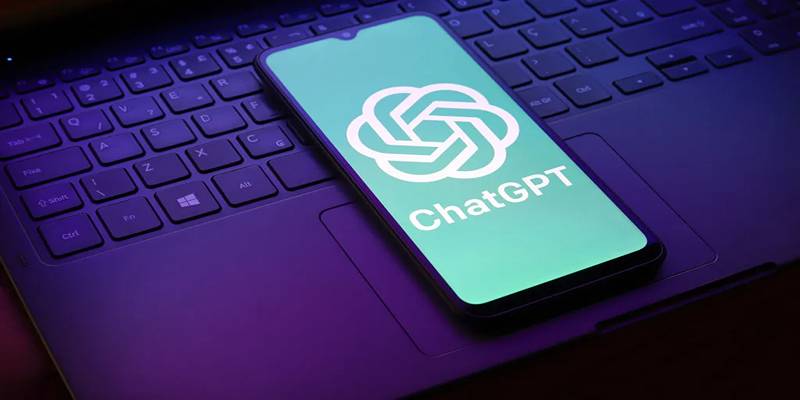
Customize ChatGPT into a Gen Z chatbot with opinions, slang, and style using OpenAI’s newest personality features.

Explore how curiosity shapes AI, fostering adaptive, intelligent, and innovative systems.

AI tools are facing a training data shortage, but 6 creative solutions—like synthetic data and federated learning—are keeping them on track
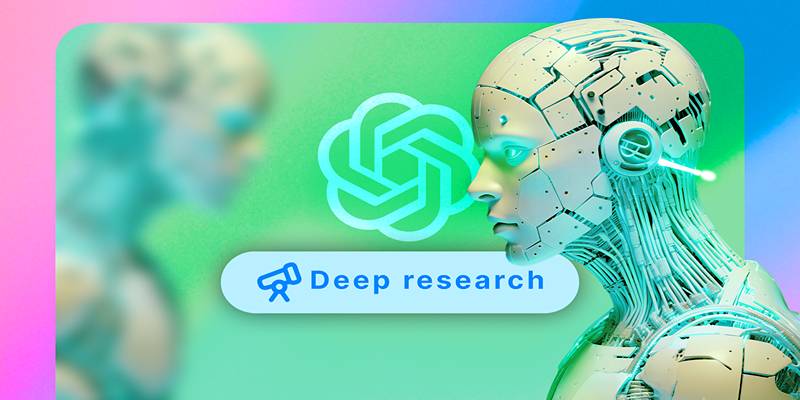
Explore 8 practical improvements that could make ChatGPT’s Deep Research tool smarter, faster, and more useful.

Discover 5 hidden ChatGPT features you probably aren’t using—but should. Learn how to boost your productivity with tools like memory, custom instructions, plugins, and more
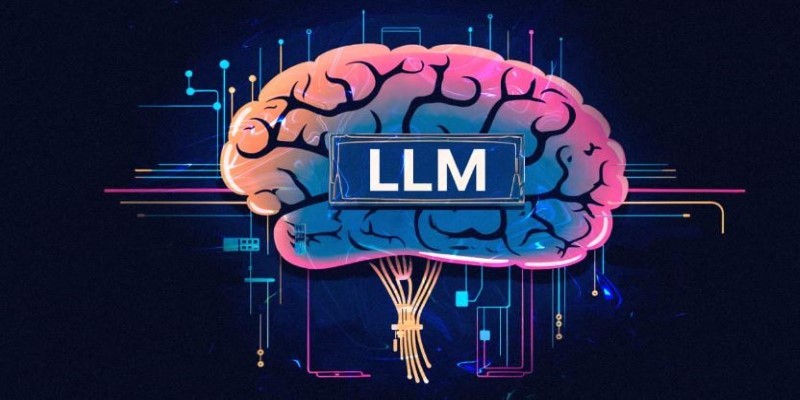
LAMs (Large Action Models) are the next evolution after LLMs, built to take actions instead of just generating text—but they still have a long way to go

How to use Claude 3 AI Prompt Store by Anthropic with easy steps. Find ready-made prompts for writing, homework, and more, and discover how to make AI work for you
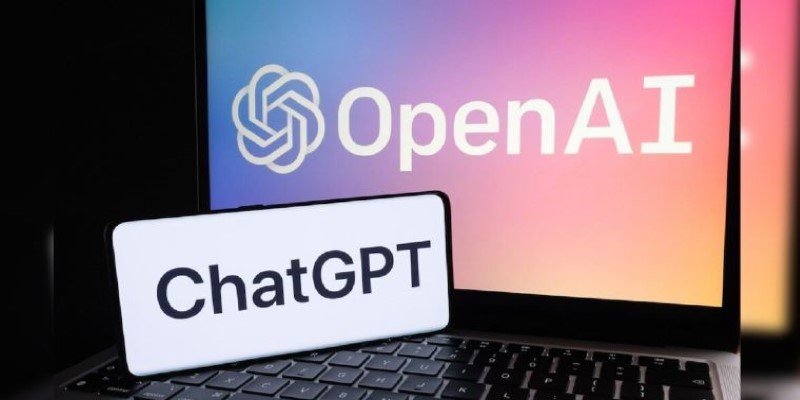
Worried about downloading the wrong app? Here's how to spot fake ChatGPT apps on the Apple App Store and make sure you're using the official version